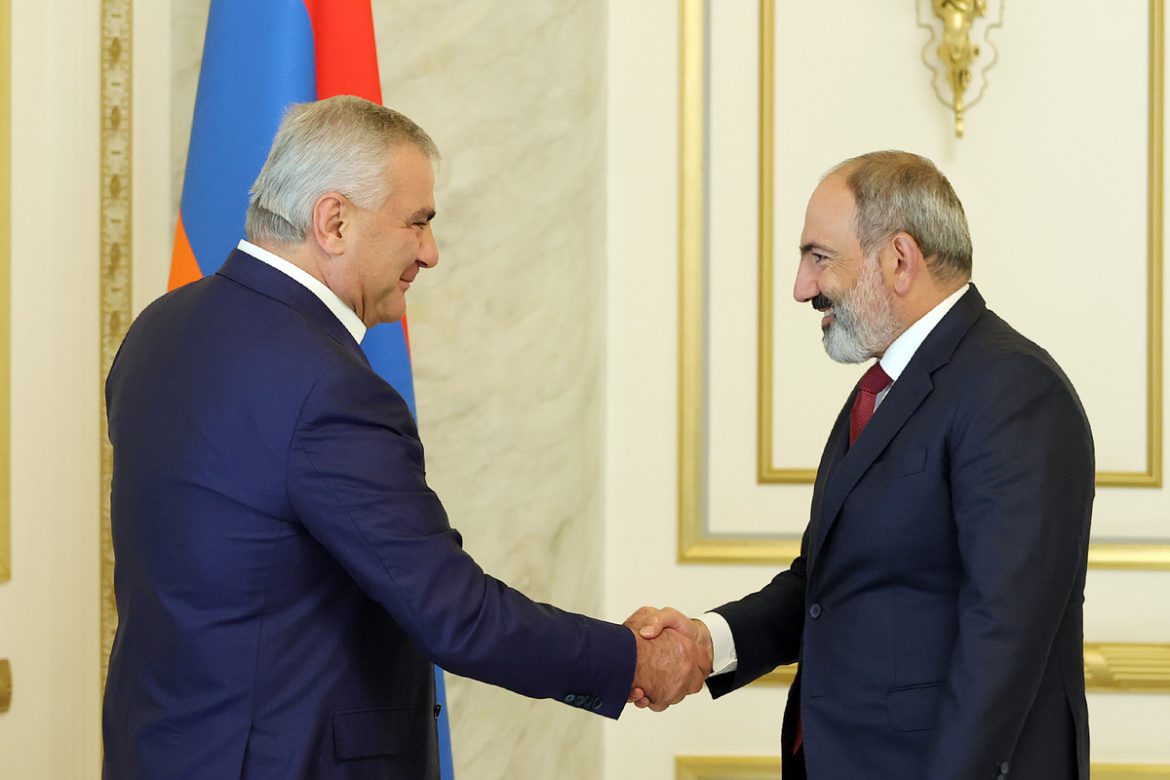On Wednesday, Armenia’s national electric utility, Electric Networks of Armenia (ENA), defended itself against accusations of being responsible for the recent surge in power cuts across the country.
ENA attributed many of the outages to issues stemming from inadequate roadwork and a construction boom in Yerevan, which has significantly increased the number of their service subscribers. The company also pointed to problems with some Armenian power plants and the national power transmission network as contributing factors.
The frequent outages, which can last several hours, have become a common occurrence in Yerevan. Last month, they gained additional public attention after disrupting a Russian ballet performance at the city’s Opera House and interrupting an international football match in Abovyan. This has intensified calls for the Armenian government to address the issue and investigate ENA.
Karen Darbinyan, chairman of ENA, dismissed responsibility for both incidents. He claimed that the Opera House management ignored ENA’s prior warnings about replacing an outdated transformer. Darbinian also criticized the Football Federation of Armenia for deactivating one of the Abovian stadium’s transformers months before the match to save costs.
“Out of 1,456 power cuts this year, 492 were caused by other organizations,” Darbinyan stated at a news conference. “We had to repair cables to restore power supplies.”
Darbinyan explained that street paving and the installation of new water and gas pipes often damage ENA’s cables. Additionally, the company has been under pressure due to having to supply power to 68,000 new households in Yerevan, resulting in doubled electricity consumption in the central district since 2016.
He noted that financial resources intended for network modernization have been diverted to accommodate new connections, constrained by regulations that limit the impact of investments on electricity tariffs.
While acknowledging that ENA is partially to blame for the increased power cuts, Darbinian highlighted that 80 percent of Armenia’s power distribution infrastructure was outdated and needed urgent replacement when the Tashir Group, led by Russian-Armenian billionaire Samvel Karapetyan, acquired ENA in 2015. He pointed out that only $200 million was invested in the network from the 1990s to 2015, compared to $680 million invested since 2016.
Darbinyan expressed optimism that further planned investments will reduce power cuts. These plans include replacing all cables, modernizing power substations, and constructing new ones.
He also addressed claims from the Yerevan-based Union of Informed Citizens (UIC) that ENA’s operational costs are inflated due to purchasing goods and services from companies linked to ENA executives. Darbinian countered that the Tashir Group has reduced ENA’s losses by over half and saved around $30 million annually since 2016, which has helped keep electricity prices stable.




